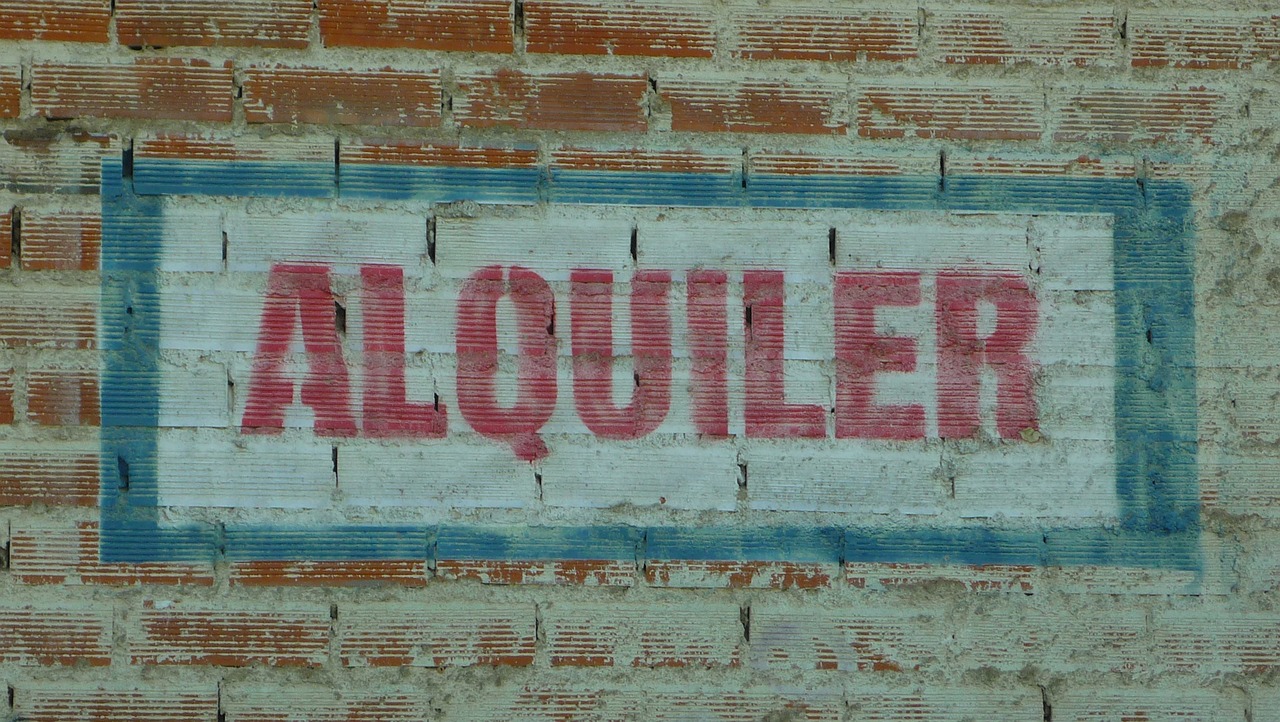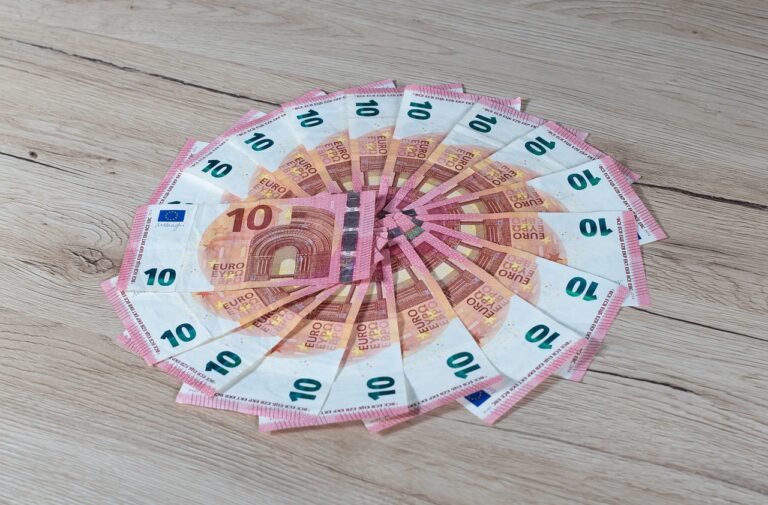The Future of 3D Printing in Farm Equipment Production: Lotus book 365, Play exchange 99, All panel.com
lotus book 365, play exchange 99, all panel.com: The future of 3D printing in farm equipment production is bright and promising. 3D printing technology has already revolutionized various industries, and the agricultural sector is next in line to benefit from this innovative technology.
Here are some key points to consider when looking at the future of 3D printing in farm equipment production:
1. Customization:
With 3D printing, farmers and equipment manufacturers can easily customize farm equipment to meet specific needs. Whether it’s modifying existing equipment or creating entirely new parts, 3D printing allows for more flexibility and creativity in design.
2. Cost-efficiency:
Traditional manufacturing methods often require expensive molds and tooling, which can drive up production costs. 3D printing eliminates the need for these molds, making it a more cost-effective option for producing farm equipment.
3. Rapid prototyping:
3D printing allows for rapid prototyping, enabling farmers and manufacturers to quickly test and iterate on new designs. This can lead to faster innovation and ultimately, better farm equipment.
4. On-demand production:
With 3D printing, farmers can produce parts on-demand, reducing the need to keep large inventories of spare parts. This can help streamline operations and reduce downtime due to equipment failures.
5. Sustainable production:
3D printing produces less waste compared to traditional manufacturing methods, making it a more environmentally friendly option for farm equipment production. Additionally, 3D printing can utilize recycled materials, further reducing its environmental impact.
6. Remote locations:
For farmers in remote locations, 3D printing can be a game-changer. Instead of waiting for parts to be shipped from far-off locations, farmers can simply print the parts they need on-site, saving time and money.
The future of 3D printing in farm equipment production is certainly bright, with endless possibilities for innovation and improvement in the agricultural sector. As 3D printing technology continues to advance, we can expect to see even more benefits for farmers and equipment manufacturers alike.
FAQs:
Q: Is 3D printing suitable for producing large farm equipment?
A: While 3D printing can be used to produce large parts, the technology is more commonly used for smaller, intricate components. However, as 3D printing technology continues to evolve, we may see an increase in the production of larger farm equipment using this method.
Q: Are 3D-printed parts as durable as traditionally manufactured parts?
A: The durability of 3D-printed parts can vary depending on the material used and printing process. However, with advancements in materials and technology, 3D-printed parts are becoming increasingly durable and suitable for use in farm equipment.
Q: How does 3D printing impact the agricultural industry as a whole?
A: 3D printing has the potential to revolutionize the agricultural industry by providing more customization options, cost-efficient production methods, rapid prototyping capabilities, and sustainable practices. Overall, 3D printing can help improve efficiency and productivity in the agricultural sector.







